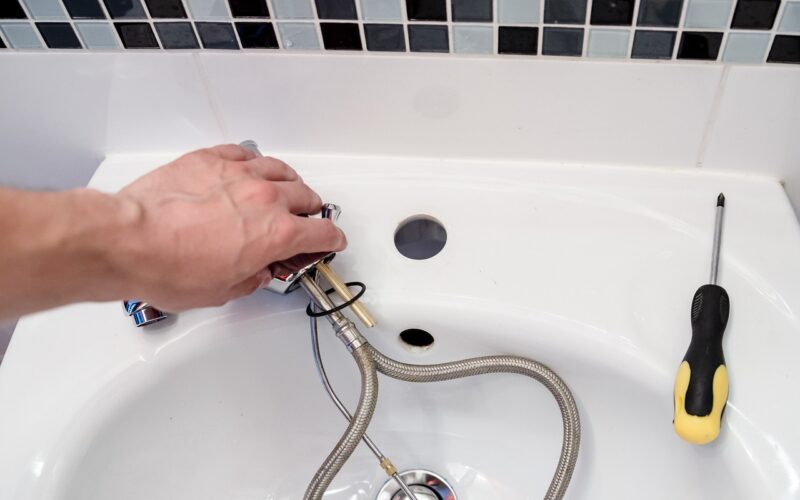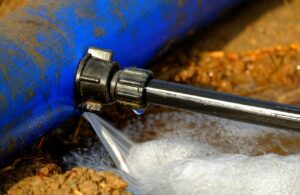Transforming a rundown home into a modern and comfortable space can be an incredibly rewarding experience. It is a process that allows you to not only rebuild but also to redesign and customise your house to truly make it your own. Whether you're dealing with an inheritance, a market bargain, or seeking the satisfaction of renovating a fixer-upper, here's a step-by-step guide on upgrading an old home. In doing so, we'll specifically look at the crucial role of a qualified plumber in the bathroom renovation process and how this can revitalise the heart of your home.
Start with a solid plan
Before anything else, developing a detailed plan is paramount. Assess the property's condition and decide on the scale of the renovation. Does the home require a complete overhaul, or can it be refurbished in stages? Identify which areas need immediate attention and which can wait. Consider consulting with architects or designers to help envision the final result and map out any structural changes needed for the modern features you're aiming to include.
Prioritise structural integrity and systems
In older homes, it's essential to ensure that the structure is sound before proceeding with aesthetic changes. This encompasses checking the foundation, support beams, roofing, and any signs of subsidence or water damage. Along with structural integrity, it's crucial to address the home's core systems – electrical wiring, plumbing, and central heating. Bring in professionals to evaluate these systems and update them to current safety standards.
Revitalise the heart of your home
Renovating a bathroom often requires skilled professionals, particularly a qualified plumber. Upgrading a bathroom in a rundown home means more than just cosmetic changes; it involves assessing and possibly replacing outdated plumbing to prevent leaks, blockages, or other issues. Choose a plumber who is experienced with renovations to ensure that the new bathroom will not only look good but will also be functional and compliant with current regulations.
Personalise with thought-out design
Once the essential elements of the home are in good shape, you can concentrate on the fun part: interior design. Choose a style that resonates with you but also considers the home's character. Whether you're going for a minimalist approach, a cosy cottage vibe, or a sleek contemporary look, every choice you make – from paint colours to light fixtures – should reflect your personal taste and the home's unique personality.
Upgrade for energy efficiency
Modernising a home is also an opportunity to make it more eco-friendly. Consider energy-efficient solutions like double-glazed windows, better insulation, energy-saving appliances, and low-flow fixtures in your bathroom renovation. These upgrades can lead to significant savings on utilities and contribute to a more sustainable lifestyle.
Landscape for curb appeal
Don't forget about the external areas of the property. Landscaping can significantly boost curb appeal and create inviting outdoor spaces. Clear overgrown areas, introduce manageable gardens, and consider renovating existing patios or decks. First impressions matter, and the outside of your home is the first thing people see.
Final touches and maintenance
Finally, it's time for the finishing touches. Install fittings and fixtures that complement your design vision, and focus on details like door handles, cabinet knobs, and faucets. Once your transformation is complete, ongoing maintenance will keep your home looking fresh and functional for years to come.
A rundown house holds enormous potential for those willing to put in the effort to upgrade it. By focusing on foundational issues first, particularly in wet areas in bathrooms, you lay the groundwork for a successful renovation. Through careful planning, dependable professionals like a skilled plumber, and a bit of creativity, your renovated home can become not only a stylish and comfortable living space but also a true reflection of your tastes and aspirations.




















